The University of New South Wales (UNSW) Sunswift Racing team are the champions to beat in the Bridgestone World Solar Challenge (WSC) which kicks off in Darwin, Northern Terrority (NT) on Sunday, 24 August 2025.
The Sunswift Racing team are determined to become back-to-back champions after their solar-powered car dominated the Cruiser Class to victory in 2023, marking the first time an Australian team won.
However, strong winds took a toll on all competitor batteries that year, that none actually crossed the finish line in Adelaide to complete the 3,000 kilometre (km) race course.
Sunswift won due to being well ahead in the race points system, which takes into consideration the energy usage of the car, the ‘practicality’ of the vehicle, as well as the time taken to complete each stage of the race.
UNSW Professor of Practice and Sunswift Team Principal Richard Hopkins said in 2023, the car was the fastest in the pre-race time trial, on the road, and travelled further than any other vehicle.
“But along with everyone else, we didn’t finish the event, so there is a bit of unfinished business and hopefully there will be redemption this year,” Hopkins said.
“In 2025, our sights are set firmly on reaching that finish line under our own steam, the way this challenge is meant to be won.”

Sunswift 7
Built for the Bridgestone World Solar Challenge’s Cruiser Class, Sunswift 7 weights under 500 kilogram (kg) due to extensive use of carbon fibre, 1,500 kg lighter than a Tesla Model S, a 4.4 m² monocrystlline solar array, and 151.2 V / 38 kWh lithium-ion battery.
It boasts an exceptionally low drag coefficient of 0.095. In 2022, it broke a Guinness World Record by driving 1,000 km on a single charge in under 12 hours, averaging nearly 85 km/h. It’s top speed is 130 km/h with a maximum range of 1,500 km.
“Even though the car might look very similar to two years ago, we haven’t just been sitting around polishing it and waiting for the 2025 race,” Hopkins said.
“We’ve gone from being a four-seater to a two-seater, so the whole vehicle is about 250 kg lighter than it was in 2023. Dynamically, that makes the car very different and the rules about charging have also been amended due to what happened last time, which throws any existing strategies up in the air.”
Sunswift 8
The next-generation Sunswift 8 is already designed and ready to be built before a potential unveiling in the middle of 2026.
The new car is set to push the boundaries even further with its innovative ‘tri-brid’ technology – combining solar panels, battery storage, and hydrogen fuel cells for unrivalled clean transport potential.
“The current Sunswift team have been dealing with a unique challenge of preparing Sunswift 7 for the Bridgestone WSC, while simultaneously also creating a completely new design for Sunswift 8. So the work they have been doing is just amazing,” Hopkins said.
“Because we are purely an undergraduate team, we have many new members since 2023. It’s a whole new set of young geniuses that are embarking on this.”
Hopkins said Sunswift 8 will be the world’s first tri-brid and the first road-legal tri-brid.
“So it will be a really big deal. And all designed and built by students here in Australia,” he said.
Australian teams competing in the 2025 Bridgestone WSC include the Adelaide University Solar Racing Team, the Deaking University team DUST, the Australian National University team, Western Sydney Solar Team, Flinders University and the South Australian Solar Vehicle Association.
This content is protected by copyright and may not be reused. If you want to cooperate with us and would like to reuse some of our content, please contact: editors@pv-magazine.com.
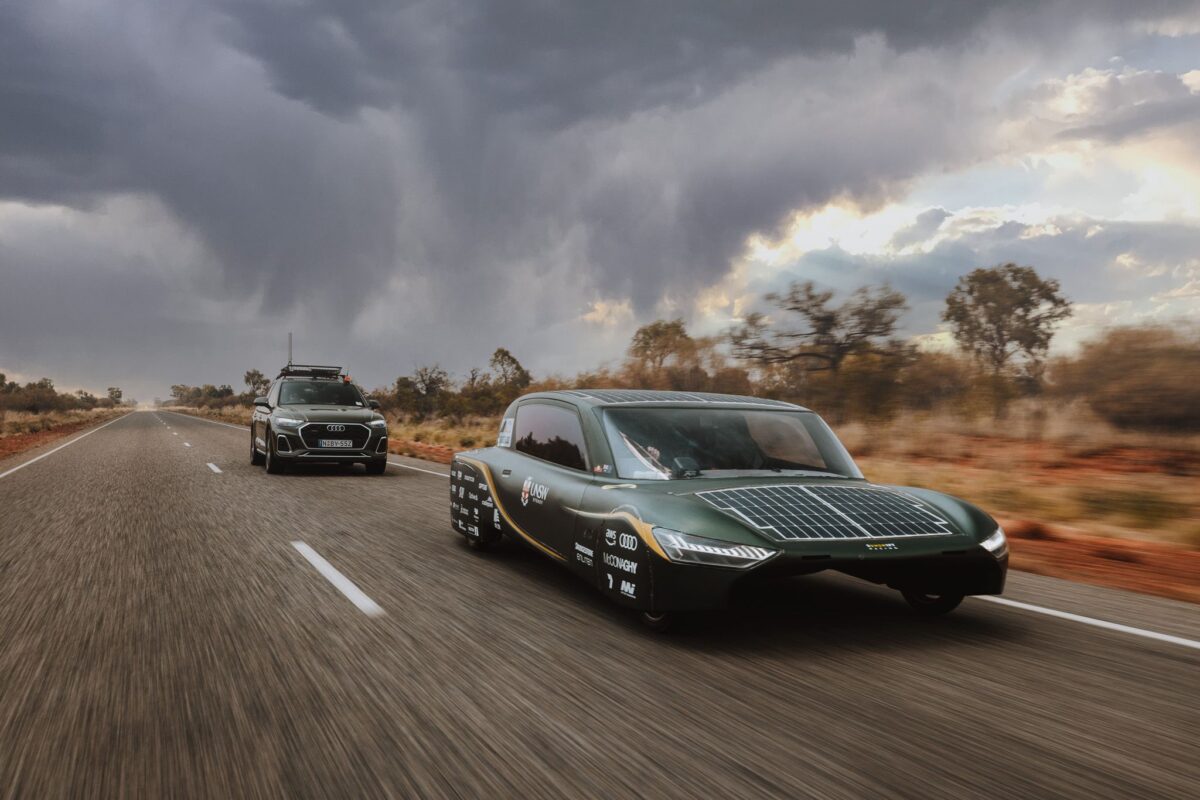
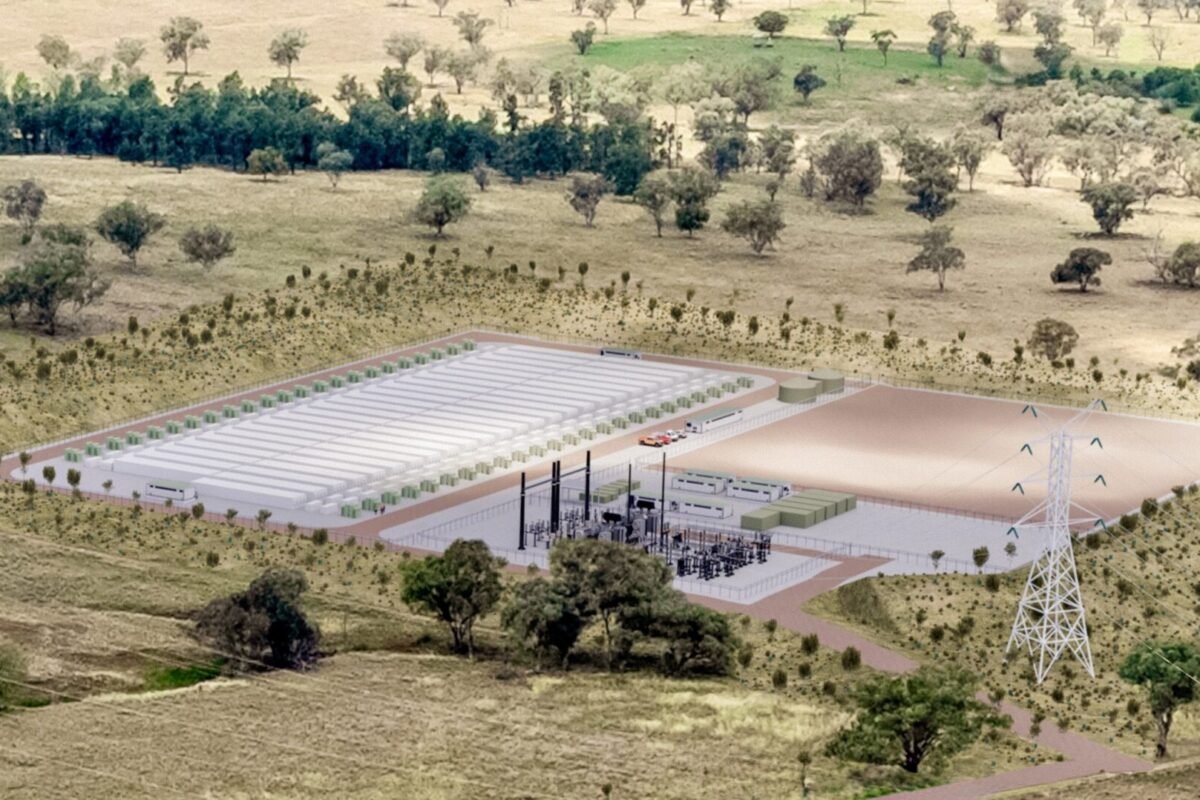


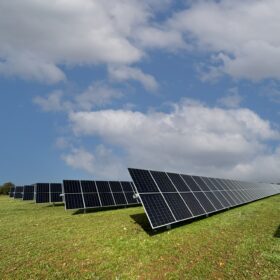
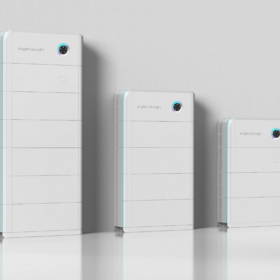
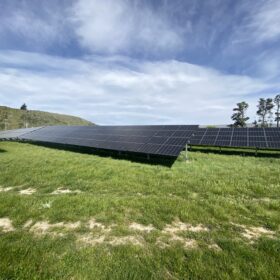
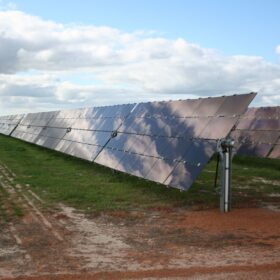

By submitting this form you agree to pv magazine using your data for the purposes of publishing your comment.
Your personal data will only be disclosed or otherwise transmitted to third parties for the purposes of spam filtering or if this is necessary for technical maintenance of the website. Any other transfer to third parties will not take place unless this is justified on the basis of applicable data protection regulations or if pv magazine is legally obliged to do so.
You may revoke this consent at any time with effect for the future, in which case your personal data will be deleted immediately. Otherwise, your data will be deleted if pv magazine has processed your request or the purpose of data storage is fulfilled.
Further information on data privacy can be found in our Data Protection Policy.